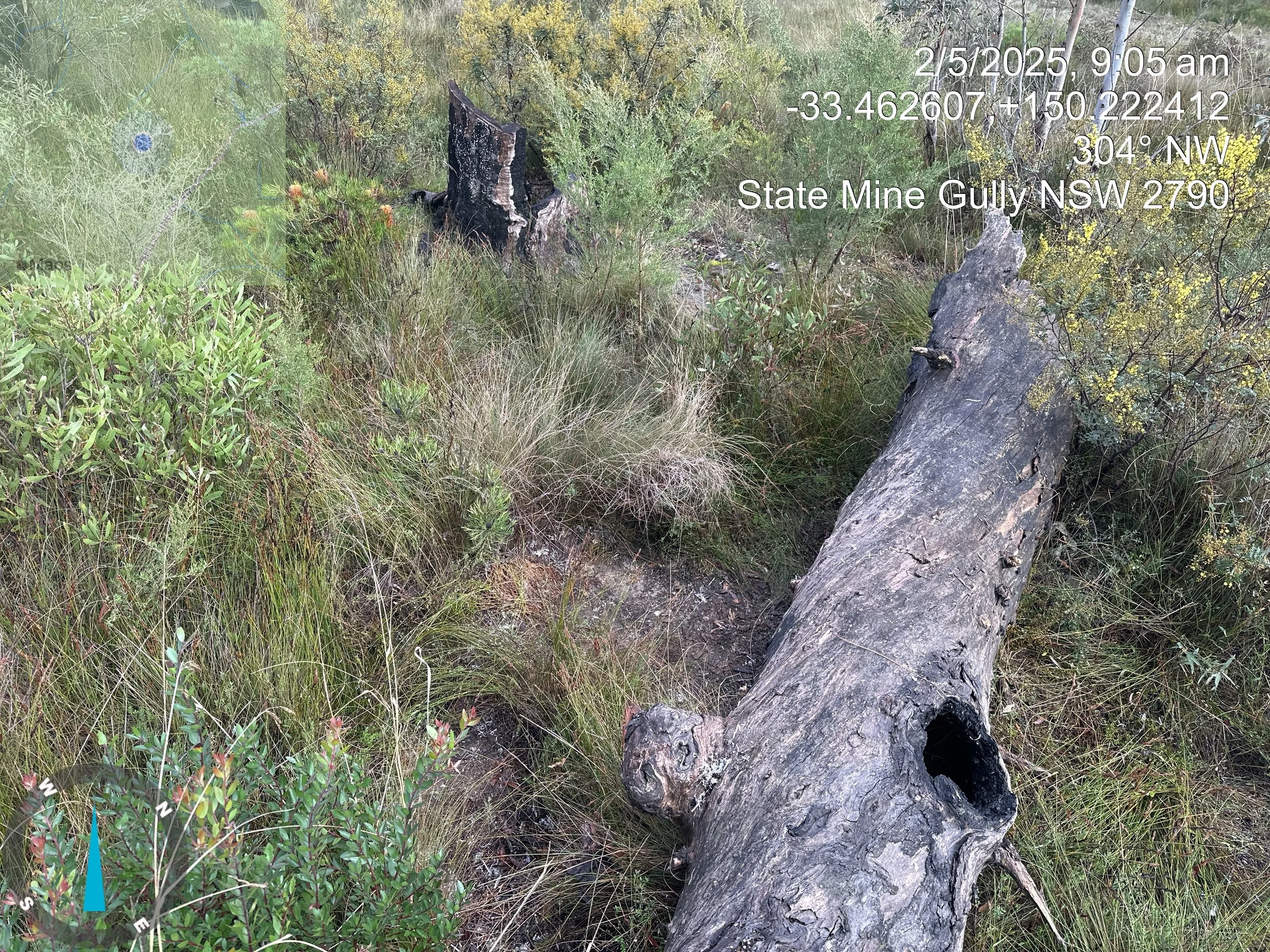Illegally Dumped Asbestos in Our National Parks: A Toxic Legacy in the Wilderness
A recent cleanup effort in the State Mine Gully area of a national park uncovered and removed illegally dumped asbestos-containing materials. While the removal itself may have seemed straightforward, the broader issue is far more complex.
A Material That Refuses to Disappear
Asbestos is renowned for its durability—one of the very reasons it was so widely used in construction. But that same long-lasting nature becomes a serious problem when asbestos is dumped in the natural environment. It breaks down extremely slowly, posing a long-term health issue to both people and wildlife.
Even in the stillness of the bush, fragments of asbestos cement sheeting can deteriorate and release fibres into the air or soil. Walkers, families, and rangers enjoying the peace of the national park may unknowingly come into contact with contaminated ground.
Why Is Asbestos Dumped Illegally?
Unfortunately, illegal asbestos dumping is a growing problem, and several factors contribute to it:
High disposal costs: Specialised landfills licenced to accept asbestos operate under strict guidelines. The safe packaging, handling, and transport of asbestos aren’t cheap—and EPA levies can significantly increase the cost.
Lack of awareness: Some people don’t realise the danger, or they assume dumping in remote locations “won’t harm anyone.”
Cutting corners: Others deliberately sidestep regulations to save time or money, ignoring the lasting harm they cause to communities and the environment.
Intergenerational Impact
What makes this issue particularly alarming is its lasting legacy. Unlike organic waste that decomposes over time, asbestos remains in the environment for decades—if not longer. Children playing near a bush trail, hikers taking a break, or volunteers restoring habitat could all unknowingly be exposed to asbestos fibres from a dump site abandoned years ago.
Protecting Our Parks
Asbestos contamination in national parks isn’t just an environmental concern—it’s a public health issue. While authorities and volunteers are working hard to identify and remove hazardous materials, prevention remains the most powerful tool.
We all have a role to play in promoting safe disposal, raising awareness, and pushing for better support systems that make legal asbestos disposal more accessible and affordable.




